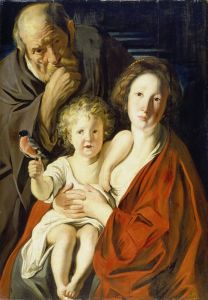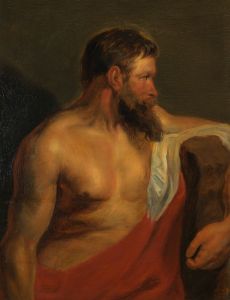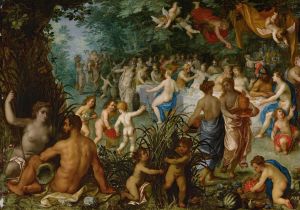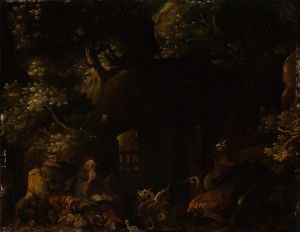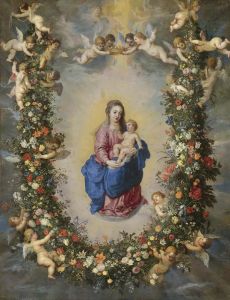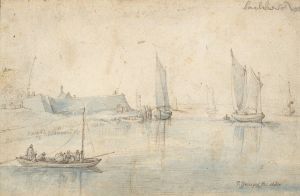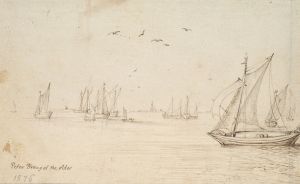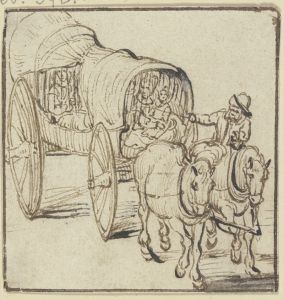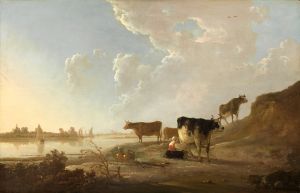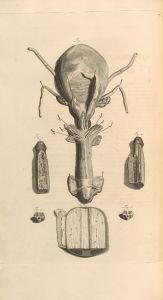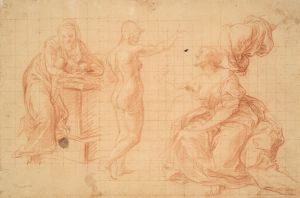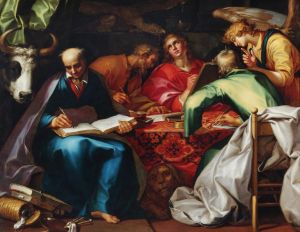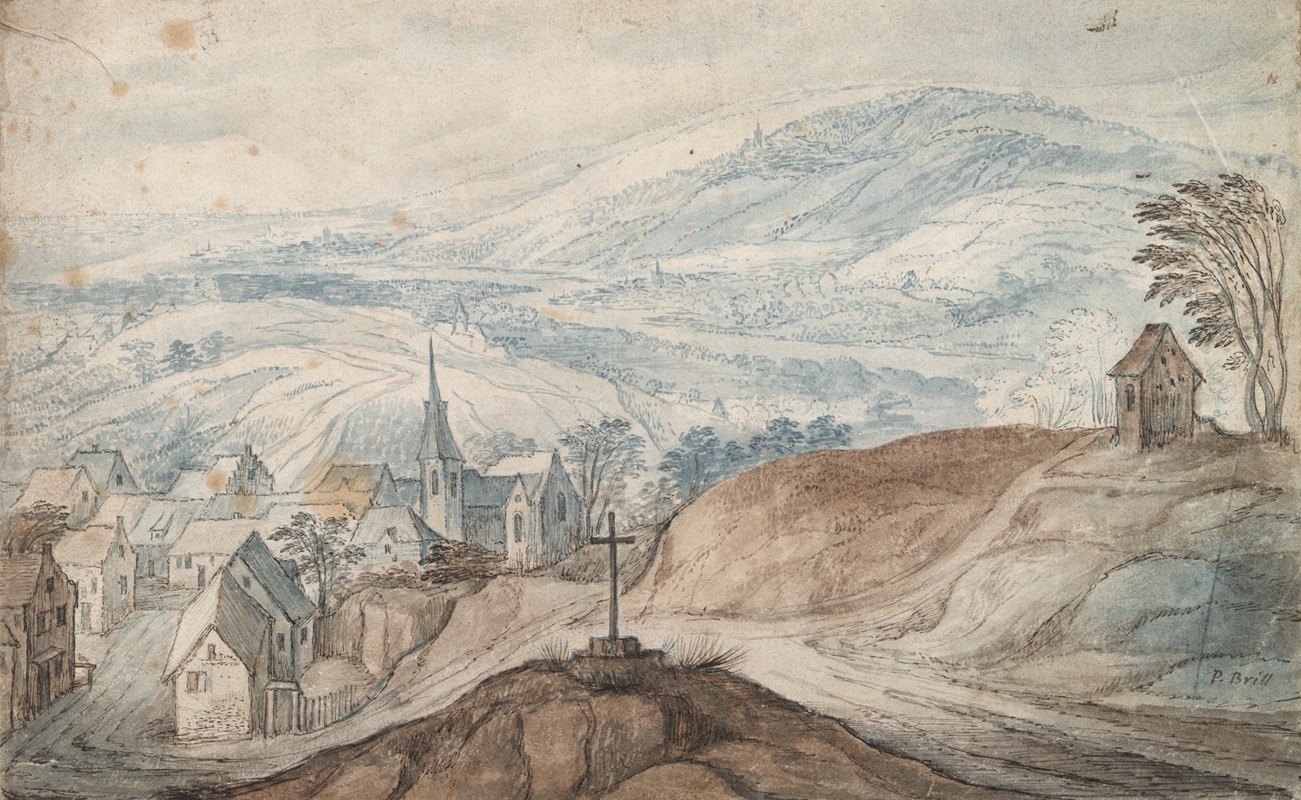
Landscape with Village near Crossroads and Distant View
A hand-painted replica of Jan Brueghel The Elder’s masterpiece Landscape with Village near Crossroads and Distant View, meticulously crafted by professional artists to capture the true essence of the original. Each piece is created with museum-quality canvas and rare mineral pigments, carefully painted by experienced artists with delicate brushstrokes and rich, layered colors to perfectly recreate the texture of the original artwork. Unlike machine-printed reproductions, this hand-painted version brings the painting to life, infused with the artist’s emotions and skill in every stroke. Whether for personal collection or home decoration, it instantly elevates the artistic atmosphere of any space.
"Landscape with Village near Crossroads and Distant View" is a painting by the renowned Flemish artist Jan Brueghel the Elder, a prominent figure in the early 17th-century art scene. Born in 1568 in Brussels, Brueghel was part of the illustrious Brueghel family of painters, being the son of Pieter Bruegel the Elder. Jan Brueghel the Elder is known for his detailed landscapes, vibrant use of color, and intricate compositions, often collaborating with other artists such as Peter Paul Rubens.
This particular painting, "Landscape with Village near Crossroads and Distant View," exemplifies Brueghel's mastery in landscape painting, a genre he helped to elevate during his time. The artwork captures a serene rural scene, typical of Brueghel's style, which often depicted the harmonious coexistence of humans and nature. The painting features a village situated near a crossroads, with a distant view that extends into the horizon, showcasing Brueghel's skill in creating depth and perspective.
Brueghel's landscapes are characterized by their meticulous attention to detail and the inclusion of numerous figures and elements that invite viewers to explore the scene. In this painting, the village is depicted with charming rustic buildings, likely reflecting the architectural style of the Flemish countryside during the early 1600s. The crossroads serve as a focal point, symbolizing the intersection of different paths and possibly the meeting of different communities or travelers.
The distant view in the painting adds a sense of vastness and tranquility, with rolling hills and a sky that suggests a peaceful day. Brueghel's use of color is particularly noteworthy, as he employs a rich palette to bring the landscape to life, using greens, browns, and blues to create a naturalistic and inviting atmosphere. The careful rendering of trees, foliage, and other natural elements demonstrates Brueghel's keen observation of nature and his ability to translate it onto canvas with precision.
Jan Brueghel the Elder's work was highly influential, and his landscapes were sought after by collectors and patrons across Europe. His ability to combine detailed naturalism with imaginative compositions set a standard for landscape painting that would influence future generations of artists. "Landscape with Village near Crossroads and Distant View" is a testament to Brueghel's artistic vision and his contribution to the development of landscape art during the Baroque period.
While specific details about the provenance or current location of this painting may not be widely documented, it is representative of Brueghel's broader body of work, which can be found in major art collections and museums around the world. Jan Brueghel the Elder's legacy endures through his paintings, which continue to be celebrated for their beauty, complexity, and insight into the world of the 17th century.





